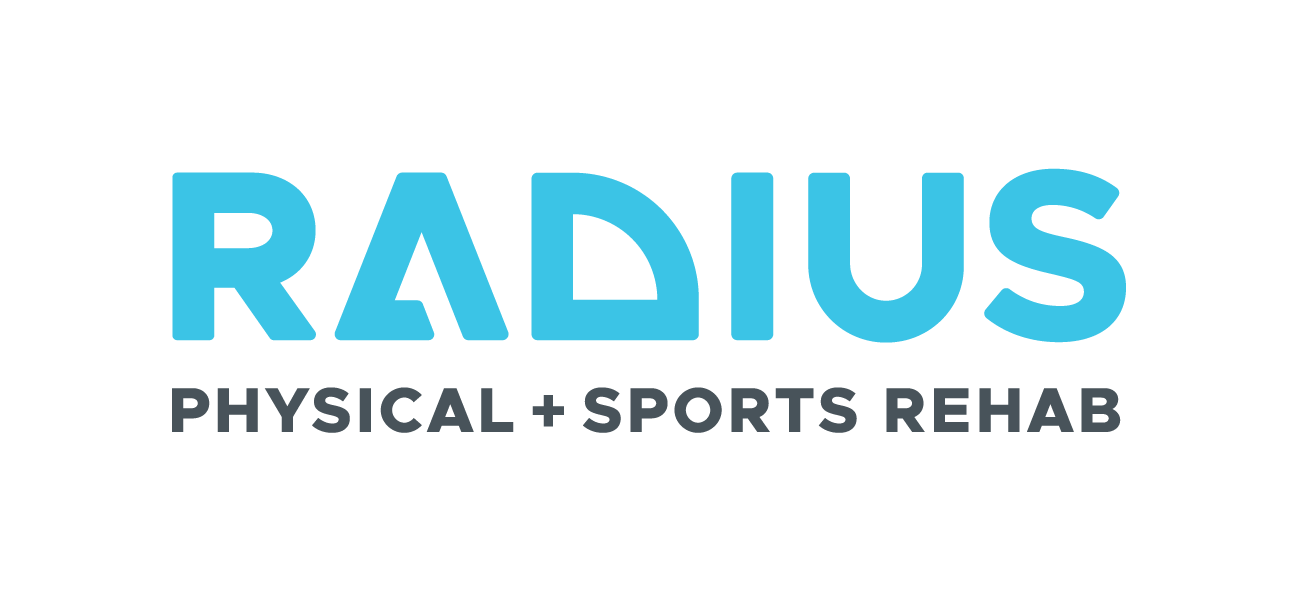Skull Fractures
What are Skull Fractures?
The cranium, or skull, surrounds and encases the brain, protecting and supporting it at the top of your spine. If the vehicle encounters enough force during an automobile accident, the head can strike the car’s interior hard enough to cause a fracture. A fracture of the skull can be severe and cause other traumatic brain injuries (TBIs). This page discusses the various types of skull fractures and how to treat them.
Radius Clinic Works With Patients Recovering From Skull Fractures
If you have experienced a skull fracture, you want the very best team in your corner to help you heal quickly and return to regular activity. At Radius, we provide care for all kinds of head injuries, ensuring that our patients gain confidence as they heal. While we do not treat fractures directly, our experts in musculoskeletal rehabilitation can work alongside your other healthcare providers and take you through the process of recovering range of motion and strength when you are ready for rehabilitative care.
What are the Different kinds of Skull Fracture?
When the skull has a fracture, the break can fall into different categories. Each of these categories presents different challenges for treatment. Here is a description of each:
Closed Fracture
Also known as a simple fracture, a closed fracture diagnosis indicates that the bone is broken, but not the skin.
Open/Compound Fracture
In this case, the break in the skull has produced one or more loose shards which have broken the skin. The loose shards protrude from the wound or are visible, putting the bone and cranial cavity at risk of infection.
Depressed Fracture
With this kind of injury, the object contacting the skull pushes the bone into the cranial cavity causing an indentation or depression. Often, these cases require surgery to prevent or minimize any long-term damage to the brain. The goal of an operation is to retrieve any loose shards of bone and return them to their original position. A depressed fracture may or may not also be a compound fracture.
Basal/Basilar Fracture
A basal fracture occurs near the base of the skull, at eye level or below. In about 20% of these cases, cerebrospinal fluid leaks out of the cranial cavity, creating an additional concern for protecting the brain. Often considerable force is needed to cause this type of fracture, and they can have various complications. As with a compound fracture, infection is a common concern, and antibiotics are often used as a preventative measure.
Diastatic Fracture
This type of fracture occurs when the cranium separates along with one of its seams. The skull has a number of seams between sections that form during development. However, as the person matures, the sections become fused together. For this reason, diastatic fractures are more common among infants and children.
Symptoms
A fractured skull can present a number of different symptoms. Note that not all of these symptoms will necessarily appear right away.
Confusion.
Dizziness.
Poor memory.
Feeling very tired.
Headache.
Swelling on the head.
Bleeding from the head.
Nausea and vomiting.
Loss of consciousness.
Seizures.
Bruising behind the ears or under the eyes.
Leaking of clear or bloody fluid from ears or nose.
Risk Factors/Prevention
There are five main ways in which skull fractures occur:
Falls
Automobile accidents
Being struck by an object
Physical assault
Sports injury.
Thus, risk factors tend to reflect increased risk profiles for these activities. Common sense goes a long way to avoiding a head injury. But even when we do our best to stay safe, bad things can happen. Our staff understands that your injury is something no one expects, and we promise to do whatever we can to help you heal.
Complications
Because the brain is the center of the nervous system, a skull fracture that results in brain damage can affect any body system. The list of complications that can manifest from a skull fracture is therefore long and varied. In some cases, that damage can be permanent or long-term.
At Radius, we help you to develop new neural connections through rehabilitation, with the hope of recovering full normal brain function. Although we specialize in motor function, in many cases, the recovery of specific motor functions through exercise and persistent focus does wonders to helping individuals recover other nervous system functions. We can be part of your team and help guide your progress.
Treatment
While Radius Clinic does not treat skull fractures, our team can work with other medical professionals and specialists on aspects of recovery from this type of injury. Treatment can begin after an extensive evaluation to understand what areas or systems may have been affected and to what extent. Our brains have a quality called neuroplasticity, which enables us to learn new things when faced with new experiences or recovering from an injury or other limitation. Working with other caregivers, we put together a comprehensive program with various treatment modalities to engage the patient’s brain and help it form new connections.
Every patient is different, and so is every injury. After establishing a baseline to discern progress, we set specific goals and an ordered approach to achieving them. The old “SMART” adage applies here; goals should be specific, measurable, achievable, relevant, and time-based to add value to the process. If a patient has enough patience and determination, they can overcome almost any setback.
Choose Radius Clinic
Radius operates two clinics in the Sacramento Valley, in the towns of Roseville and Grass Valley. Call or stop by if you live in Placer, El Dorado, Nevada, or Sacramento Counties. We have helped many people recover from devastating injuries following automobile accidents. Once you are out of the hospital and stable, your recovery is just beginning. Let us accompany you on this challenging journey.




